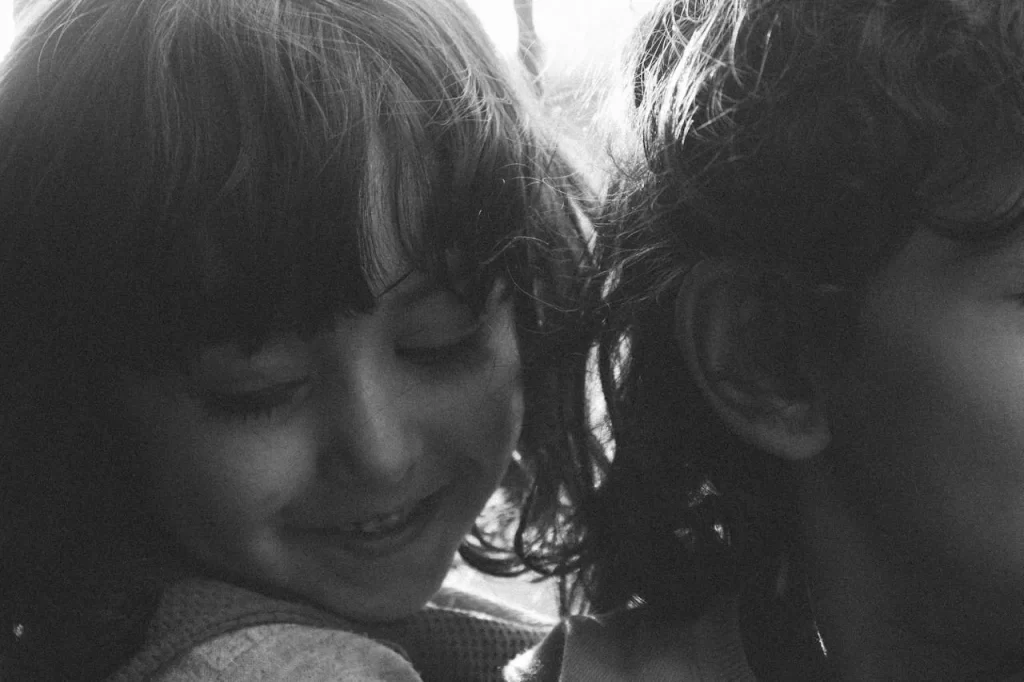
We often take childhood as a memory of being carefree and all-fun and play. But there are also some memories that can change us forever. Negative or upsetting events can stay with us and change how we act even after we have grown up. In fact, about 40% of people worldwide report being affected by adverse childhood experiences. This idea of holding on to our younger selves is known as the ‘inner child,’ and often involves healing inner child wounds to address past emotional pain.
This article is all about healing inner child wounds, we will also suggest thought-provoking books, helpful prompts, and affirmations to help you on your way.
Why is Healing the Inner Child Important?
While most of us are unaware of this, healing our inner child is essential for who we are as adults. Many of us have childhood wounds that affect how we think, act, and interact with others. These inner child wounds, if not addressed early, can cause stress, low self-esteem, and unhealthy behaviors. But you can break free from the past and write a more positive story for your life by facing and addressing these wounds.
Healing your inner child not only helps you understand and be kind to yourself, but it also makes it easier to have better relationships with other people. And in the end, it gives you a deep feeling of power and freedom.
Inner Child Wounds Symptoms: Signs You Need Healing
If you are confused about whether your inner child needs healing or not, here are some of the signs to look for:
- Being too aggressive, and emotional for small matters
- Engaging in excessive drinking, spending, or bingeing on social media.
- Fear of commitment, emotional detachment, or anxiety about abandonment from people who are close to you.
- Prioritize other’s needs over your own
- Constantly blaming yourself for how others treat you.
- Relying heavily on others for your self-worth.
- Suffering from depression, anxiety, OCD, eating disorders, or insomnia. These struggles could be tied to your inner child needing care and attention.
We have a detailed article that goes into detail about what a wounded inner child means and how these wounds can affect you. Have a look. It’s full of thoughts and healing tips that will help you!
Best Techniques For Healing Inner Child Wounds
Healing inner child wounds isn’t a simple process. A lot of the time, we don’t know how to begin. But here are some of the best techniques that have been used by many people to heal their inner child.
You can use any of these methods or a combination of all and see what works better for you.
1. Recognize Your Inner Child
Before starting to heal, you need to acknowledge your inner child. Anyone can connect with their inner child by thinking of the memories, both bad and good. But if you feel hesitant or reluctant to look back, it can be tough to start the healing process.
If it feels a little weird or awkward, try picturing it as a trip to learn more about yourself. Put aside any fears you have about the idea for now and think of some fun things you did as a child. Getting these thoughts out can help you figure out how they’ve changed you.
2. Talk to Your Inner Child
Having a meaningful dialogue is another healing exercise for the inner child that you can do for yourself. By engaging with those parts of you that are in pain, you can have a stronger bond and better healing.
So speak to yourself when you have a strong or overwhelming feeling, but don’t try to judge. The way you talk to yourself is basically how you speak to your inner child or also reflects how the adults in your life spoke to you when you were young. This idea also comes under the idea of reparenting, which is discussed in more depth in a future article.
Instead, ask these questions with love and compassion.
- What do you need right now?
- How can you create a sense of safety and happiness?
- Are there any fears holding you back?
- How can I support you better?
Many people find it easy to talk to their inner child as if it were a real person. So don’t be afraid to do that!
3. Re-Visit Your Childhood Interests
Being in touch with your joy and re-visiting your favorite childhood activities can actually help you deal with challenging times.
Start by asking yourself, What did you enjoy doing as a child? Was it playing, reading stories, building or collecting something, or just watching cartoons? If you enjoyed them as a kid, then it will surely bring you joy.
Then try doing the same things as an adult. No matter how childish the joys are, they may bring you the joy you crave as an adult.
In case your childhood was not full of happy moments, you can spend time with good friends, and plan an outing or a movie date with them.
4. Go Down Memory Lane
Looking through old photos of your childhood is a great way of connecting and healing your inner child. A study showed that photographs can help us accept a situation and give us a fresh perspective on things that happened in the past. This method allows you to relive those memories, either good or bad ones.
So look at a younger picture of yours and start listing all the good things you in the picture. Try saying what a wonderful and lovely person you are and you can do anything in life. So by appreciating your childhood picture, you are just reminding yourself of your own worth.
And if you see a specific photo that brings back bad memories, just don’t toss it aside. Instead, you can think about how that situation affected you for the better and moulded you into the person you are today. It can help you find meaning in your experiences.
5. Try Journaling For Healing Inner Child
Children often keep diaries to document their feelings and thoughts. And if you have stopped this practice as an adult and are trying to heal your inner child, why not try it again?
Here, the journaling would be a bit different, as you will write to your younger self. Start by writing a letter to yourself, like “Dear Young Me, or maybe a letter from the inner child’s perspective.
You can also just give some friendly advice or motivation you wish to have had when you were younger. Another thing you can do is to use a self-love worksheet by positivepsychology.com. The journal has some thoughtful questions that are meant to help you heal and think about yourself.
6. Affirmations For Inner Child Therapy
Affirmation is one of the potent tools in healing inner child wounds. Using positive phrases or affirmations can help rewire negative thinking patterns and lay the groundwork for emotional healing, self-love, and self-worth.
We’re going to give you a list of affirmations that will help you heal your inner child.
- I accept and appreciate my inner child.
- My existence is important.
- I forgive myself and others.
- My feelings are trusted and honored.
- I am worthy of joy and happiness.
- My inner child is worthy of a fulfilling and happy life.
For added impact, try using a mirror while saying these affirmations.
Also remember not to add phrases like have, should, or supposed as they inflict negative feelings. Always focus on words like I like to, I want to, etc. This mindful method can help you heal and connect with your inner child more deeply.
7. Talk to a Therapist For Healing Inner Child
While you can work on healing your inner child on your own, it’s often better to work with a mental health professional, especially if you had a traumatic event as a child. Inner child therapy provides a secure space to discuss your thoughts and highlight patterns you may not have seen. They can also help you think more positively and spot signs of healing that will motivate you to the right track.
Best Books For Healing Inner Child
Here are some great books to help you heal your inner child. They are full of hope, exercises, stories, and affirmations that will help you change your inner state to one of true freedom and strength.
This book is one of the best sellers and explains why we end up as wounded adults. With a mix of personal stories and practical exercises, the book makes the process of healing your inner child easy to understand and do.
The author is a psychotherapist who takes the reader on a journey to heal their inner child, teaching them key ideas and methods along the way.
The book is another step-by-step guide about healing the inner child. It also includes exercises and activities to help you understand your thoughts and feelings, manage challenging emotions, and create healthy coping techniques for positive change.
The message of this book is to connect with deep emotions to heal the inner child. It explains how unresolved past feelings impact your present life and some exercises to deal with it.
Final Thoughts
Healing inner child wounds is a life-changing process that can help you deal with past traumas and grow in self-love and inner peace. As you start to heal, remember that it’s okay to get help from people you care about, books, or a mental health professional. Use the tips and affirmations in this article and take small, meaningful steps each day.
If you found this article helpful, share it with your friends and leave any suggestions or questions you have in the comments below. We would love to hear your thoughts!
FAQs
What are the 5 inner child wounds?
There are five most common inner child wounds we all carry. These are abandonment (fear of being left), rejection (feelings of inadequacy), betrayal (trust issues), shame (sense of unworthiness), and isolation (feeling alone). Understanding these wounds is key to healing.
What does my inner child want?
Your wounded inner child only needs to know that they’re loved and appreciated. It might also crave joy. You may think of it as your carefree, loving side that craves attention and affection.
How do I know if my inner child is wounded and needs healing?
There may be clues in the way that your inner child wants some care. If you find yourself troubled with emotions, getting stuck in negative thoughts and feeling disconnected from happiness could be signs. Or you can just trust your gut; it will often lead you to what you need.
How long does inner child healing take?
Healing the inner child is totally subjective and it varies from person to person. For some, it can take a few weeks and for some, it might take months or years. It all depends on how you overcome those inner child wounds.
How do I start my inner child healing?
Acknowledging your inner child could help you start to heal. You can also try journaling, doing creative things you did as a child, or just reflecting. If it seems too much, talking to a therapist can help as well.
References
- “Save the Children International | Four in ten adults worldwide claim their childhoods blighted by discrimination – new research from Save the Children.” Save the Children International, www.savethechildren.net/news/four-ten-adults-worldwide-claim-their-childhoods-blighted-discrimination-%E2%80%93-new-research-save.
- —. Europe PMC. europepmc.org/article/med/1891407.
- Rice, Karen, et al. “Through Their Eyes: Using Photography with Youth Who Experienced Trauma.” NSUWorks, nsuworks.nova.edu/tqr/vol18/iss26/2.
- PositivePsychology.com. Self-Love Journal. positive.b-cdn.net/wp-content/uploads/Self-Love-Journal.pdf.
- Cascio, Christopher N., et al. “Self-affirmation activates brain systems associated with self-related processing and reward and is reinforced by future orientation.” Social Cognitive and Affective Neuroscience, vol. 11, no. 4, Nov. 2015, pp. 621–29. https://doi.org/10.1093/scan/nsv136.
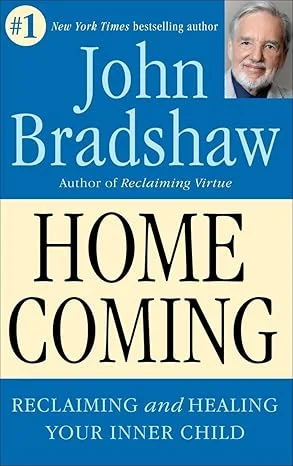
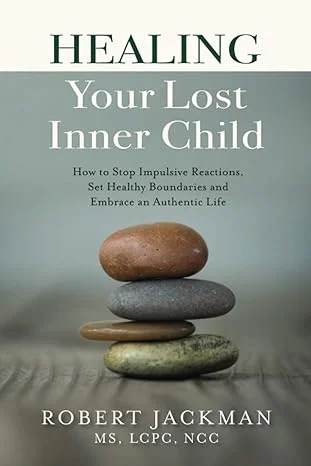
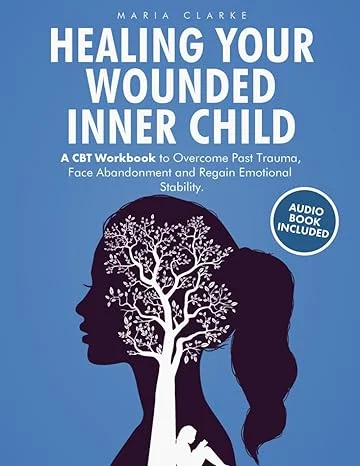
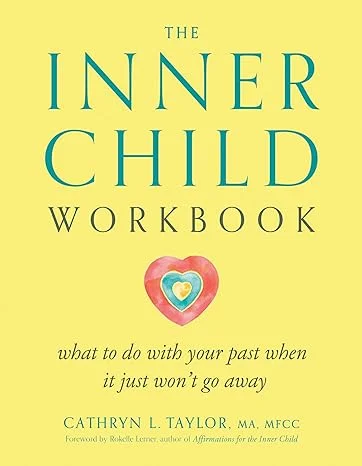
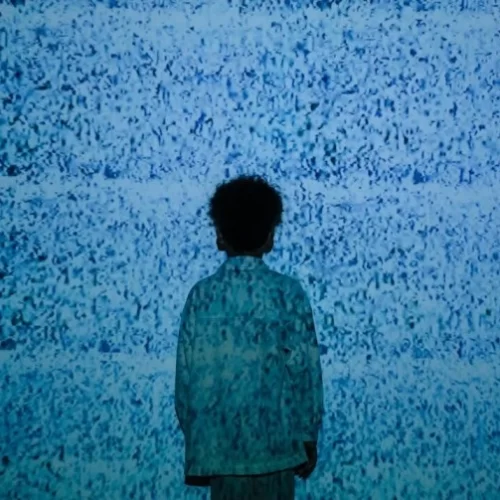


Leave a Reply